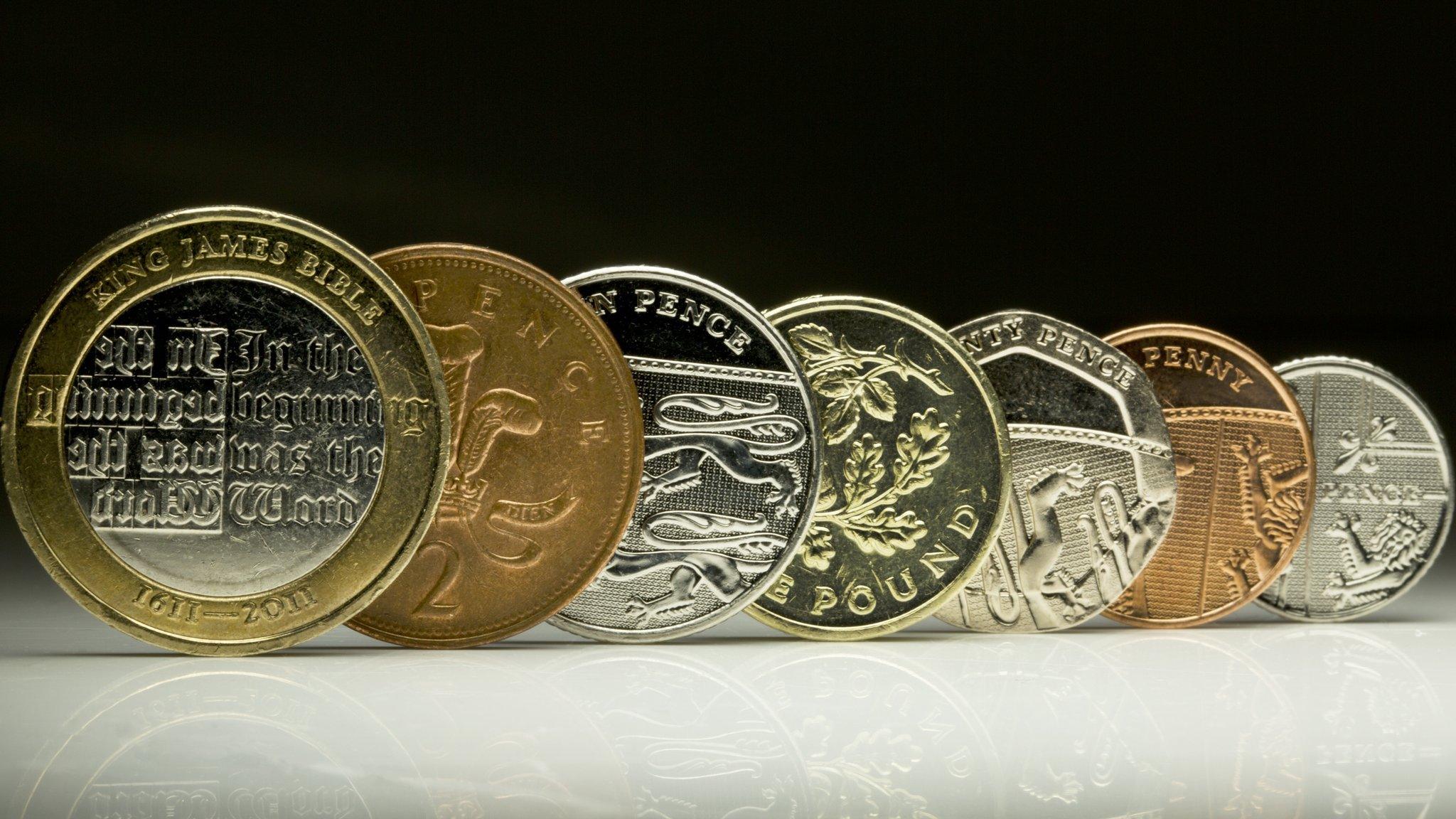Why the Royal Mint stopped making 20p coins
- Published
- comments
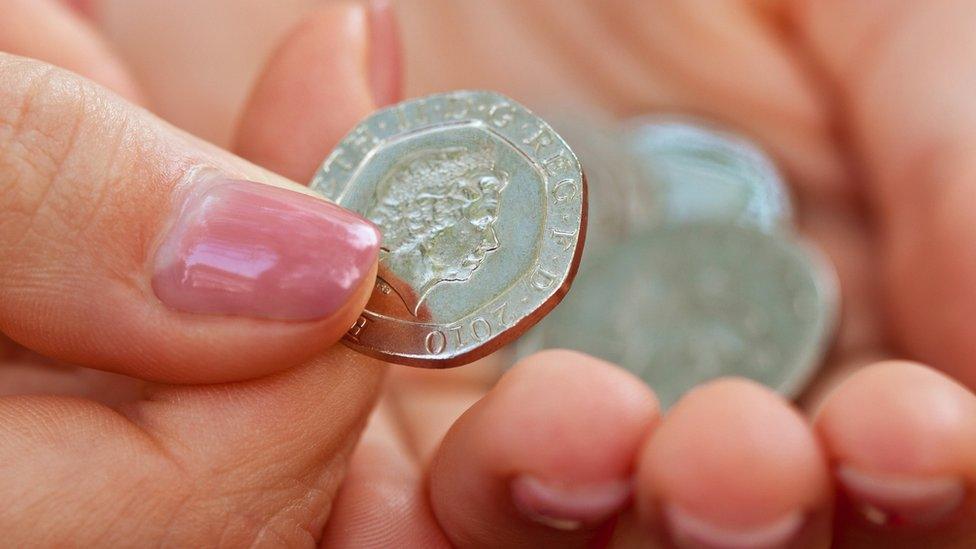
It is the job of The Royal Mint to literally make money - and yet in 2017, it did not produce a single 20p or £2 coin for general circulation.
Mintage figures show that, in 2016, it made 213 million 20p pieces, but the following year it produced none. Millions of £2 coins were cut in 2016; the next year - nothing.
The riddle is partially answered by the introduction of the 12-sided £1 coin.
UK consumers emptied jam jars full of saved coins before shops stopped accepting the old round pounds. As a result, they also flooded shops and banks with all their other coins.
It meant, for a year at least, there were plenty of 20p and £2 coins to go around and no more were needed.
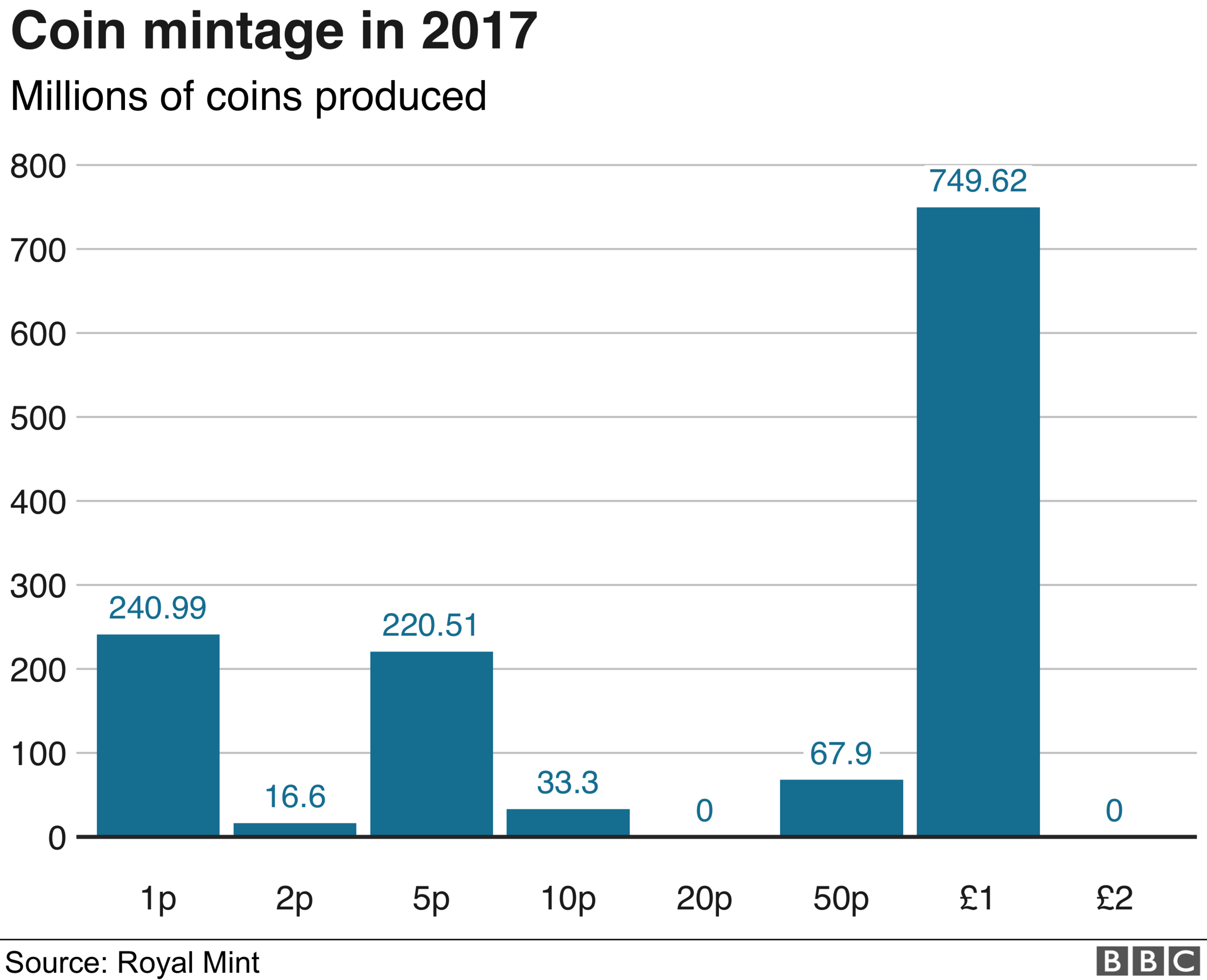
How the system works
The Royal Mint, the cash handling industry, banks and the Post Office regularly review the amount of coins circulating in the system.
The Post Office, for example, is a heavy user of coins, and demand tends to increase across the country in the run-up to Christmas.
The Mint, a company wholly owned by the Treasury, also makes forecasts for the year ahead on how many of each denomination will be needed. The current backdrop sees a shift among many consumers from cash to contactless card and digital payments.
The BBC's Kevin Peachey takes a tour of the Royal Mint
Any surpluses of coins are re-circulated first, before new ones made at the Mint in Llantrisant, south Wales, are put into circulation.
Why did the Mint decide they weren't needed in 2017?
The 12-sided £1 coin entered circulation for the first time in March 2017. For six months, both the old round pound and the new coin were accepted, until the old design lost its legal tender status in October of that year.
As a result, there was a high-profile campaign urging people to bank, spend or donate their old £1 coins.
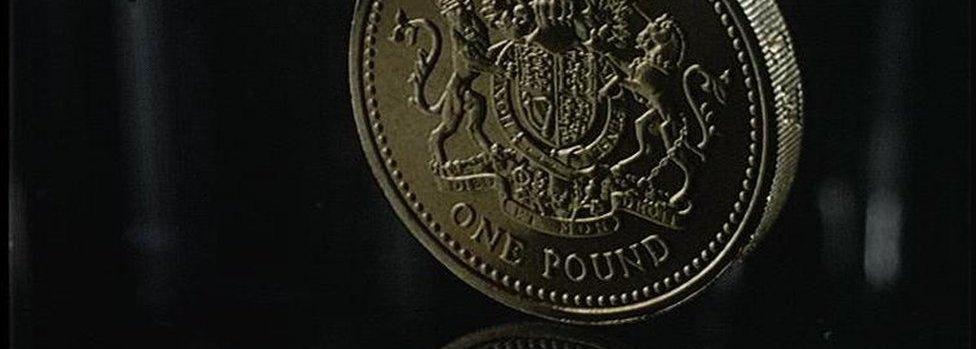
The old, round £1 coin was withdrawn from circulation in 2017
The nation emptied savings jars, checked piggy banks and looked down the back of the sofa for all their loose change that had been lost or hoarded.
As a result, there was a glut of coins as people banked or spent all denominations, not just the outgoing £1 coin.
The Mint had expected it, given evidence from similar cases overseas. It was the main issue that meant enough 20p and £2 coins could be re-circulated and that none needed to be minted that year.
"The quantities of UK coins the Royal Mint is asked to produce each year varies according to UK demand for specific denominations at the time. UK coins have an impressive lifespan, so they don't need replacing as often as other forms of currency," a Royal Mint spokeswoman said.
"This, together with the ongoing decline in the number of cash transactions in the UK each year, means that the UK Banks and Post Office may not request every denomination every year if there is already sufficient coin in circulation."
Official figures for 2018 have yet to be published.
Does that mean I'll never find a 20p coin dated 2017?
Not quite. Although there were none of these coins minted for general circulation, some commemorative coins were made.
However, look through your loose change and you would be unlikely to find a 2017-dated 20p or £2 coin.
A brief history of decimal coins
This is not the first time that the minting of certain denominations of coins has not been required.
Few 20p coins were minted in 2012, 5p and 10p pieces were not cut at times in the 1970s and 1980s, as was the case for the old, larger 50p for a while in the 1990s, and the round pounds at times during the same decade.
The average coin has a 25 to 30-year lifespan.
Isn't cash on its way out anyway?
A week ago, the UK Treasury confirmed that it would keep all the current denominations of coins.
A consultation on the current mix had theoretically threatened the future of 1p and 2p coins, but the Treasury said they would be used "for years to come".
An independent review of cash published in March suggested that banknotes and coins were a necessity for eight million people.
A spokesman for the Treasury said: "We have no plans to change the current make-up of coins and notes used in the UK - and that includes the £2 and 20p pieces.
"Our coins are of the highest quality and the amount we ask the Royal Mint to produce every year depends on demand from banks and Post Offices."
- Published3 May 2019
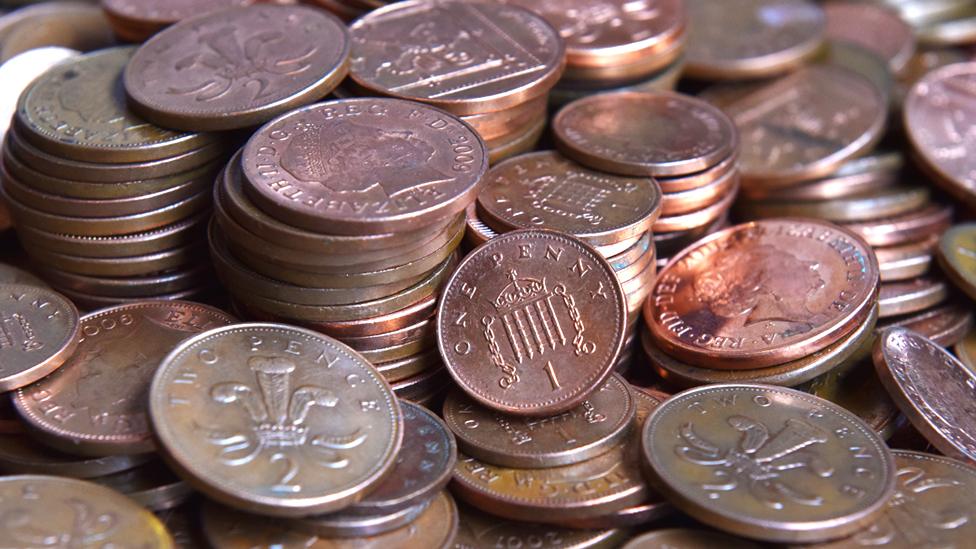
- Published6 January 2019
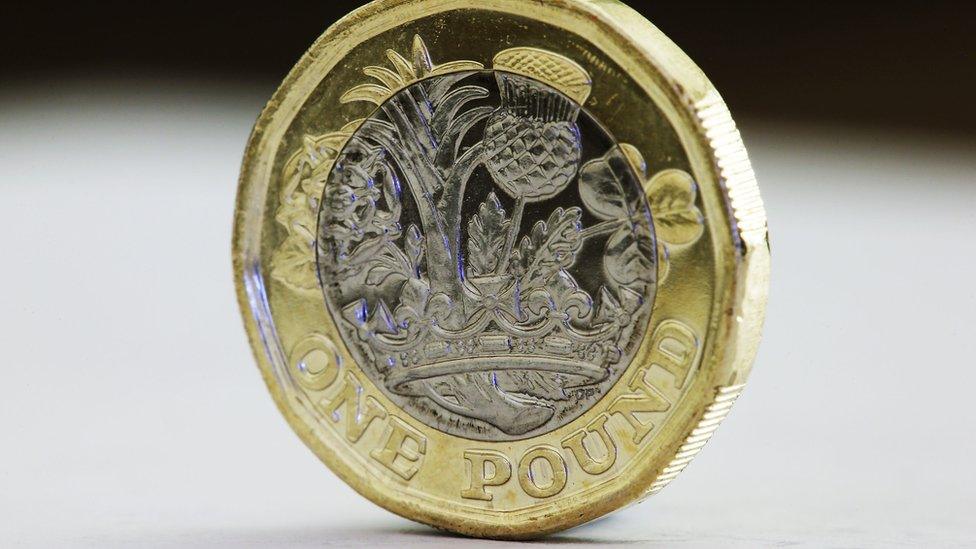
- Published7 May 2019
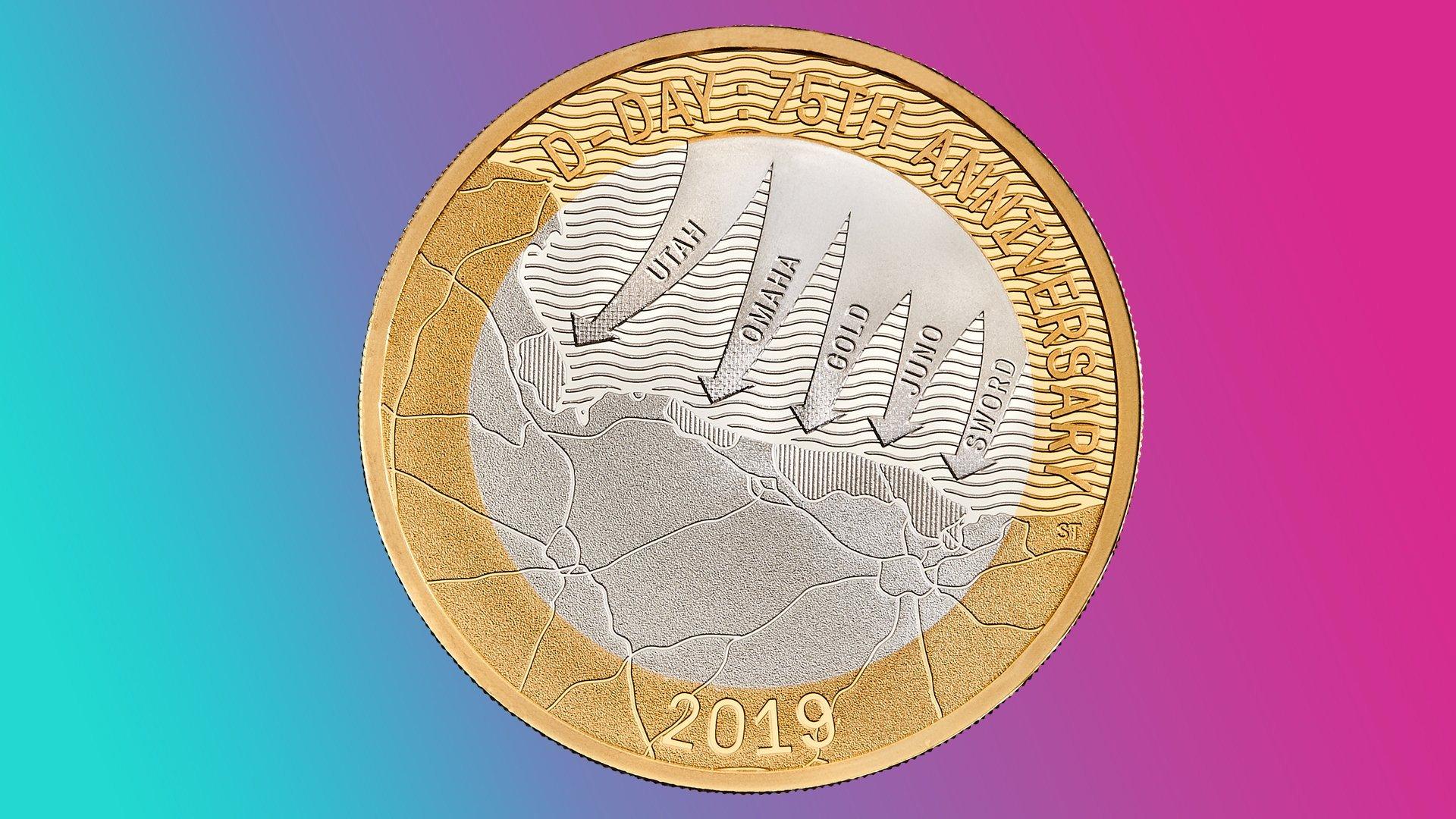
- Published28 March 2017
